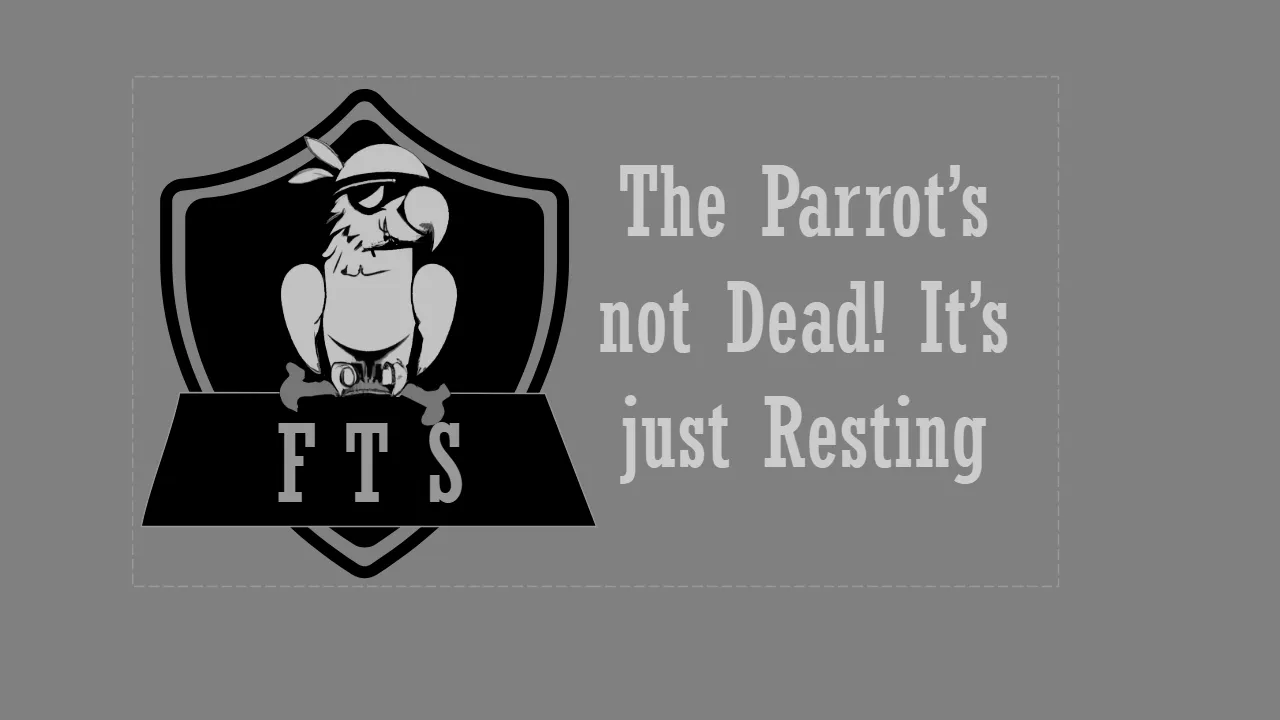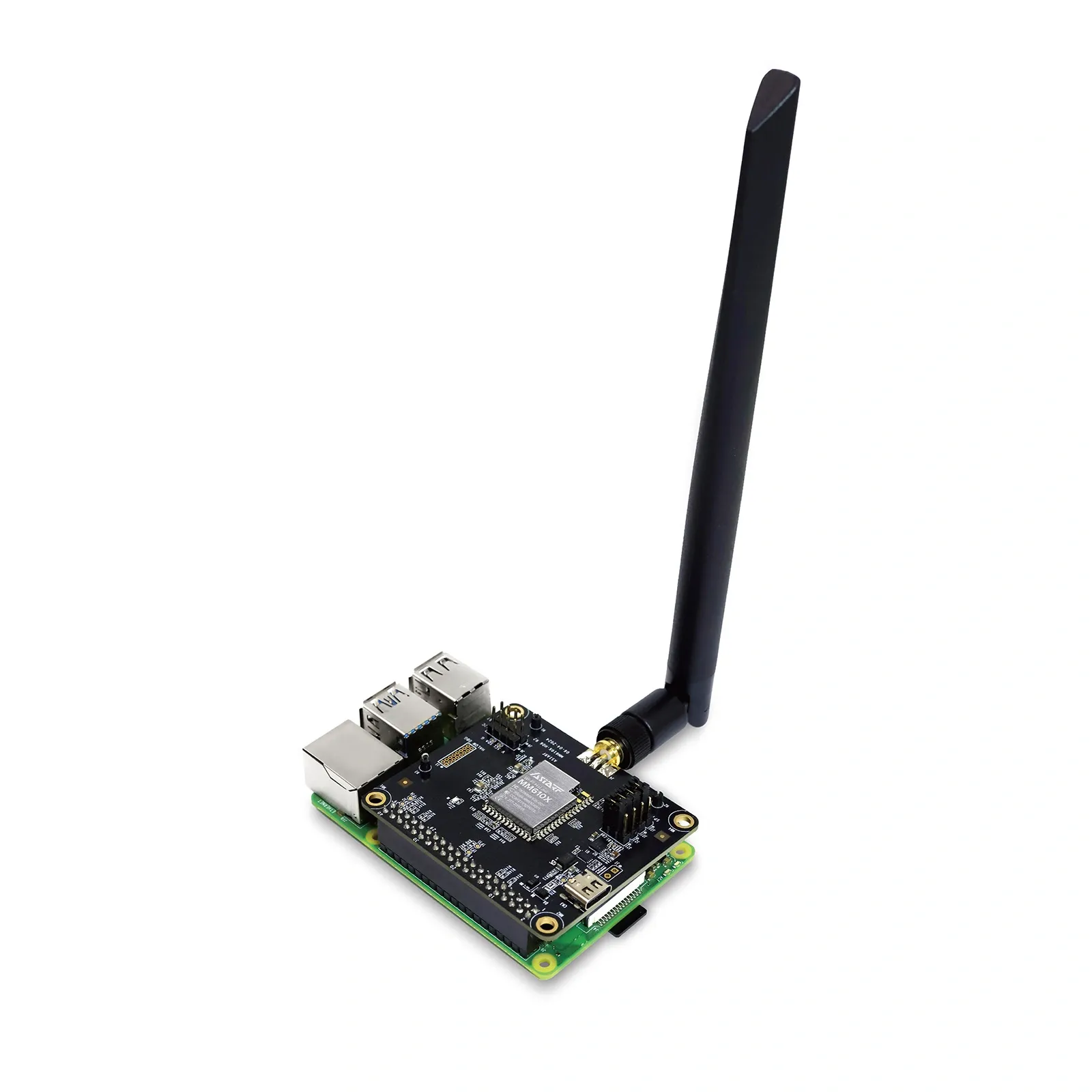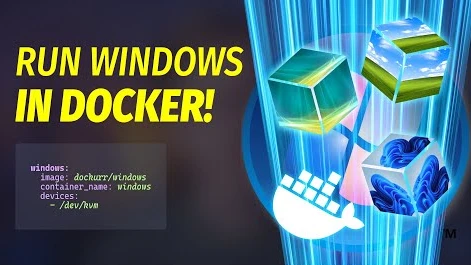android tactical assault kit
android team awareness kit
ATAK
docker
freeTAKserver
amateur radio, APRS, ATAK, Containerization, devops, disasterresponse, Docker, dockercompose, EmComm, emergencycommunications, FreeTAKServer, hamradio, linux, meshtastic, opensource, radiocomms, RadioTech, situationalawareness, tacticalmapping, takserver
9M2PJU
0 Comments
How to Install FreeTAKServer Using Docker
In the world of amateur radio, situational awareness and efficient communication are paramount. Enter FreeTAKServer (FTS), an open-source implementation of a Tactical Awareness Kit (TAK) server, designed to facilitate real-time data sharing and coordination among teams. Originally developed for military applications, FTS has found its way into civilian use, including amateur radio operations.
This guide will walk you through installing FreeTAKServer using Docker, a containerization platform that simplifies deployment and management of applications.
📖 Official docs: FreeTAKServer Docker Setup
🧰 What You’ll Need
- A Linux server (preferred — Ubuntu, Debian, Fedora, etc.)
- Docker or Podman installed
📦 Step 1: Choose Your Container Runtime
FreeTAKServer works with both Docker and Podman.
Check what’s installed:
docker --version
podman --version
⚠️ Important: Pick one and stick with it for the whole setup.
📁 Step 2: Create a Folder
Make a folder to keep everything organized:
mkdir ~/freetakserver
cd ~/freetakserver
🧾 Step 3: Get the Compose File
FreeTAKServer provides a pre-made file to launch everything easily.
Download it:
wget https://raw.githubusercontent.com/FreeTAKTeam/FreeTAKHub-Installation/refs/heads/main/containers/example-compose.yaml -O compose.yaml
Open it in your text editor:
nano compose.yaml
Look for a line like this:
FTS_IP: YOUR EXTERNAL URL HERE
Replace it with your server’s external IP address or domain name. Example:
FTS_IP: 123.45.67.89
Save and close.
🚀 Step 4: Start the Server
Now run the services in the background:
With Docker:
docker compose -f compose.yaml up -d
With Podman:
podman-compose -f compose.yaml up -d
🖥️ Step 5: Check the Logs
Want to see if it’s working?
docker logs freetakserver
docker logs freetakserver-ui
Or with Podman:
podman logs freetakserver
podman logs freetakserver-ui
🛑 Step 6: Stop the Server
When you’re done or want to update:
docker compose -f compose.yaml down
Or:
podman-compose -f compose.yaml down
💾 Where’s My Data Stored?
All your important FreeTAKServer data lives inside a Docker volume.
To find where it’s stored:
docker inspect freetakserver_free-tak-core-db
Look for the Mountpoint — that’s the full path to your data.
🗂️ Example:
/var/lib/docker/volumes/freetakserver_free-tak-core-db/_data
🔌 Ports to Know
The server uses default FreeTAKServer ports, but you can customize them with environment variables in the compose.yaml if needed.
🌍 Extra Settings (Optional)
Here are some useful environment variables:
| Variable Name | What It Does |
|---|---|
FTS_CONNECTION_MESSAGE | Custom welcome message on connection |
APPPORT | Port for the Web UI |
APIIP / APIPORT | Change where the API listens |
WEBMAPIP / WEBMAPPORT | Customize Web Map location |
🧠 Summary
- ✅ Simple Docker-based install
- ✅ Works on Linux with Docker or Podman
- ✅ Data is stored persistently using volumes
- ✅ UI and API included
🧭 Need Help?
Check the official FreeTAKServer Docker guide here:
👉 https://freetakteam.github.io/FreeTAKServer-User-Docs/Installation/mechanism/Docker/overview/







Post Comment